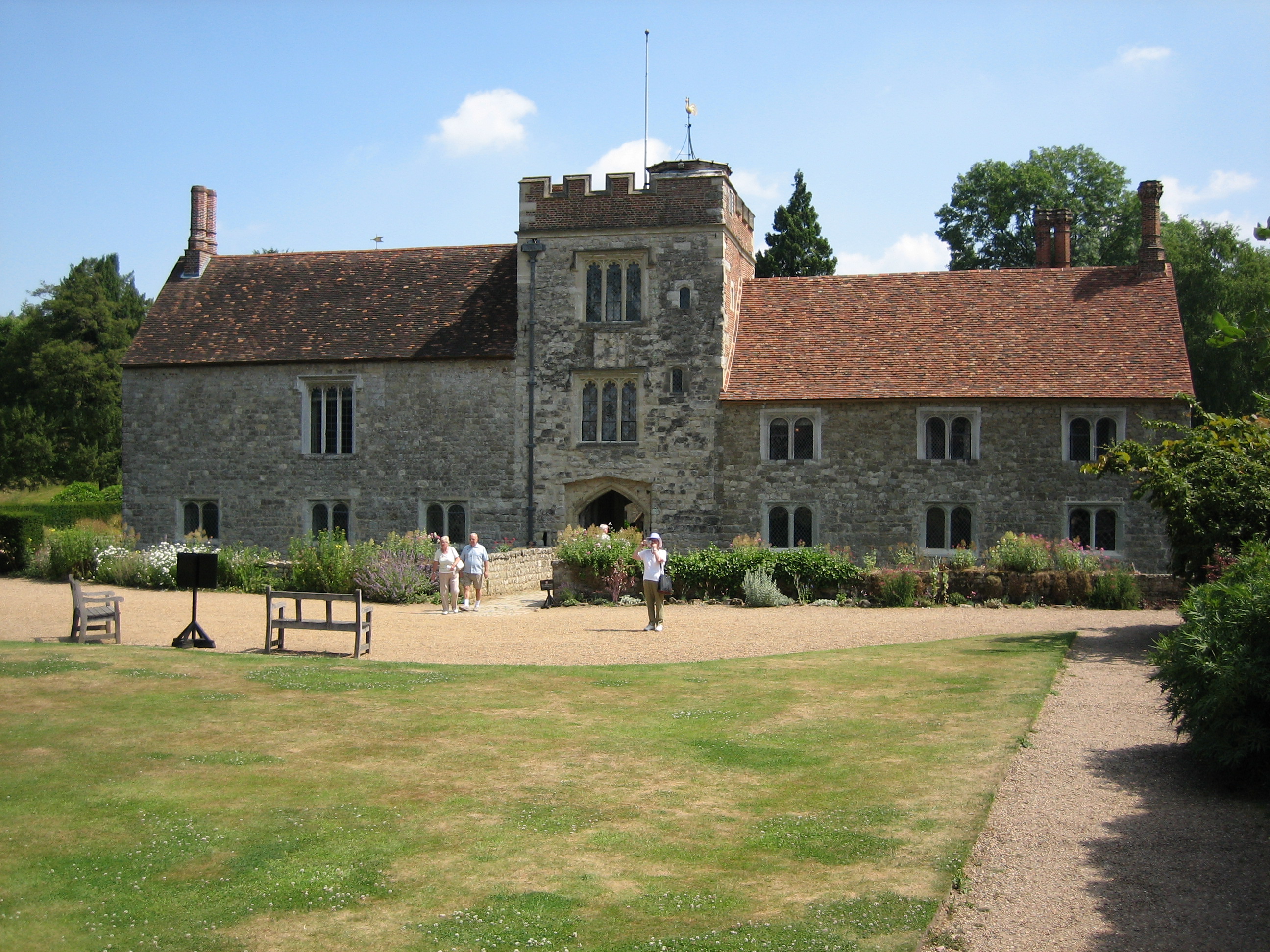|
Monk's Hood
''Monk's Hood'' is a medieval mystery novel by Ellis Peters, set in December 1138. It is the third novel in The Cadfael Chronicles. It was first published in 1980 (1980 in literature). It was adapted for television in 1994 by Central for ITV. Gervase Bonel dies from monkshood oil put in his food. Brother Cadfael made the oil. Who used it as poison? Cadfael assesses the motives of Bonel's family and household staff, including his Welsh natural son and his stepson, and deals with Bonel's widow who was once Cadfael's sweetheart long ago. The sergeant views the case differently from Cadfael. This novel received the Silver Dagger Award in 1980 from the UK's Crime Writers Association. The author was commended by one reviewer for her ability to draw characters who are distinctly medieval, "not modern men and women masquerading in medieval garb," while dealing with fine points of medieval Welsh law. Another reviewer missed the lively character of the second novel, Hugh Beringar, wish ... [...More Info...] [...Related Items...] OR: [Wikipedia] [Google] [Baidu] |
Ellis Peters
Edith Mary Pargeter (28 September 1913 – 14 October 1995), also known by her ''nom de plume'' Ellis Peters, was an English author of works in many categories, especially history and historical fiction, and was also honoured for her translations of Czech classics. She is probably best known for her murder mysteries, both historical and modern, and especially for her medieval detective series The Cadfael Chronicles. Personal Pargeter was born in the village of Horsehay (Shropshire, England), daughter of Edmund Valentine Pargeter (known as Ted) and his wife Edith ''nee'' Hordley. Her father was a clerk at the local Horsehay Company ironworks. She later moved with her parents to Dawley where she was educated at Dawley Church of England School and the old Coalbrookdale High School for Girls.Article by Toby Neal, part of series on West Midlands worthies. She had Welsh ancestry, and many of her short stories and books (both fiction and non-fiction) are set in Wales and its bord ... [...More Info...] [...Related Items...] OR: [Wikipedia] [Google] [Baidu] |
River Severn
, name_etymology = , image = SevernFromCastleCB.JPG , image_size = 288 , image_caption = The river seen from Shrewsbury Castle , map = RiverSevernMap.jpg , map_size = 288 , map_caption = Tributaries (light blue) and major settlements on and near the Severn (bold blue) , pushpin_map = , pushpin_map_size = 288 , pushpin_map_caption= , subdivision_type1 = Country , subdivision_name1 = England and Wales , subdivision_type2 = , subdivision_name2 = , subdivision_type3 = Region , subdivision_name3 = Mid Wales, West Midlands, South West , subdivision_type4 = Counties , subdivision_name4 = Powys, Shropshire, Worcestershire, Gloucestershire , subdivision_type5 = Cities , subdivision_name5 = Shrewsbury, Worcester, Gloucester, Bristol , length = , width_min = , width_avg = , width_max = , depth_min = , depth_avg ... [...More Info...] [...Related Items...] OR: [Wikipedia] [Google] [Baidu] |
Oswestry
Oswestry ( ; ) is a market town, civil parish and historic railway town in Shropshire, England, close to the Welsh border. It is at the junction of the A5, A483 and A495 roads. The town was the administrative headquarters of the Borough of Oswestry until that was abolished in 2009. Oswestry is the third-largest town in Shropshire, following Telford and Shrewsbury. At the 2011 Census, the population was 17,105. The town is five miles (8 km) from the Welsh border and has a mixed English and Welsh heritage. Oswestry is the largest settlement within the Oswestry Uplands, a designated natural area and national character area. Toponym The name ''Oswestry'' is first attested in 1191, as ''Oswaldestroe''. This Middle English name transparently derives from the Old English personal name Ōswald and the word ''trēow'' ('tree'). Thus the name seems once to have meant 'tree of a man called Ōswald'.A. D. Mills, ''A Dictionary of English Place Names'' (Oxford: Oxford U ... [...More Info...] [...Related Items...] OR: [Wikipedia] [Google] [Baidu] |
Lord Of The Manor
Lord of the Manor is a title that, in Anglo-Saxon England, referred to the landholder of a rural estate. The lord enjoyed manorial rights (the rights to establish and occupy a residence, known as the manor house and demesne) as well as seignory, the right to grant or draw benefit from the estate. The title continues in modern England and Wales as a legally recognised form of property that can be held independently of its historical rights. It may belong entirely to one person or be a moiety shared with other people. A title similar to such a lordship is known in French as ''Sieur'' or , in German, (Kaleagasi) in Turkish, in Norwegian and Swedish, in Welsh, in Dutch, and or in Italian. Types Historically a lord of the manor could either be a tenant-in-chief if he held a capital manor directly from the Crown, or a mesne lord if he was the vassal of another lord. The origins of the lordship of manors arose in the Anglo-Saxon system of manorialism. Following ... [...More Info...] [...Related Items...] OR: [Wikipedia] [Google] [Baidu] |
Tradesman
A tradesman, tradeswoman, or tradesperson is a skilled worker that specializes in a particular trade (occupation or field of work). Tradesmen usually have work experience, on-the-job training, and often formal vocational education in contrast to an apprentice, who is learning the trade. As opposed to a craftsman or an artisan, the occupation of a tradesman is not necessarily restricted to manual work. History In Victorian England: :The terms "skilled worker," "craftsman," "artisan," and "tradesman" were used in senses that overlap. All describe people with specialized training in the skills needed for a particular kind of work. Some of them produced goods that they sold from their own premises (e.g. bootmakers, saddlers, hatmakers, jewelers, glassblowers); others (e.g. typesetters, bookbinders, wheelwrights) were employed to do one part of the production in a business that required a variety of skilled workers. Still others were factory hands who had become expert ... [...More Info...] [...Related Items...] OR: [Wikipedia] [Google] [Baidu] |
Messuage In law, conveyancing is the transfer of legal title of real property from one person to another, or the granting of an encumbrance such as a mortgage or a lien. A typical conveyancing transaction has two major phases: the exchange of contracts (when equitable interests are created) and completion (also called settlement, when legal title passes and equitable rights merge with the legal title). The sale of land is governed by the laws and practices of the jurisdiction in which the land is located. It is a legal requirement in all jurisdic |




